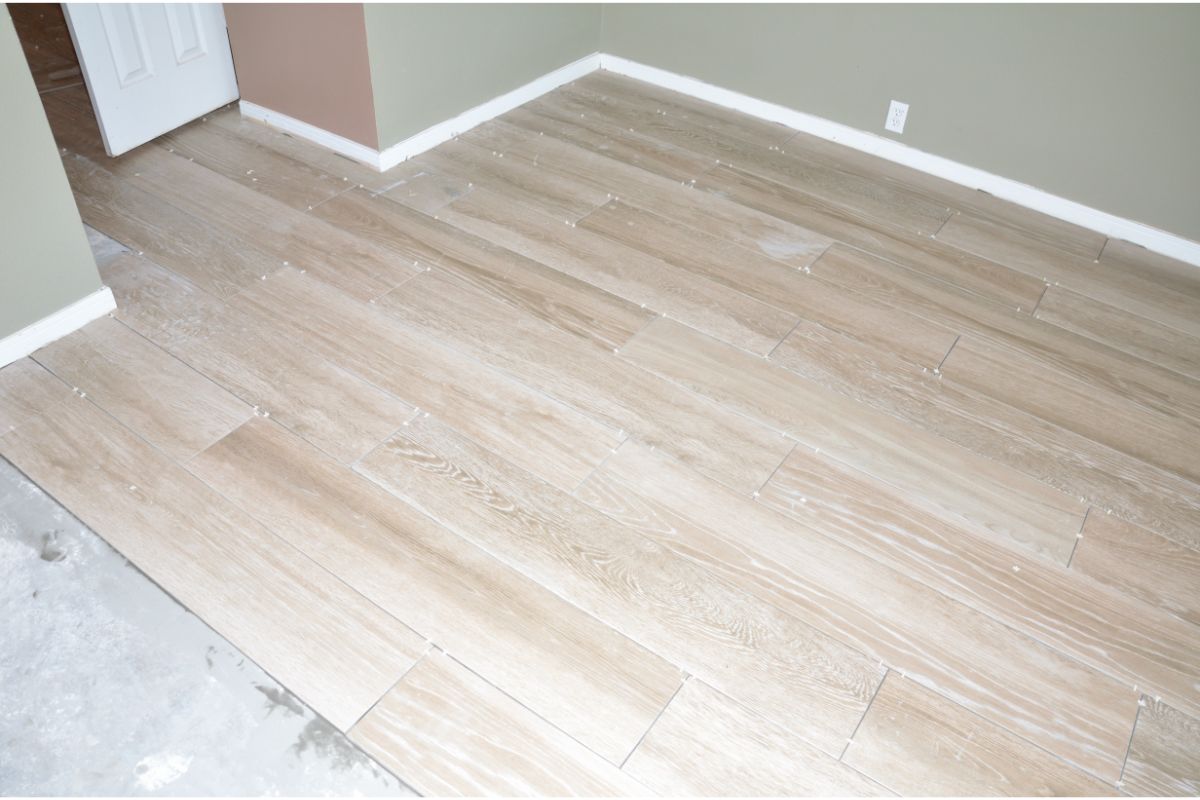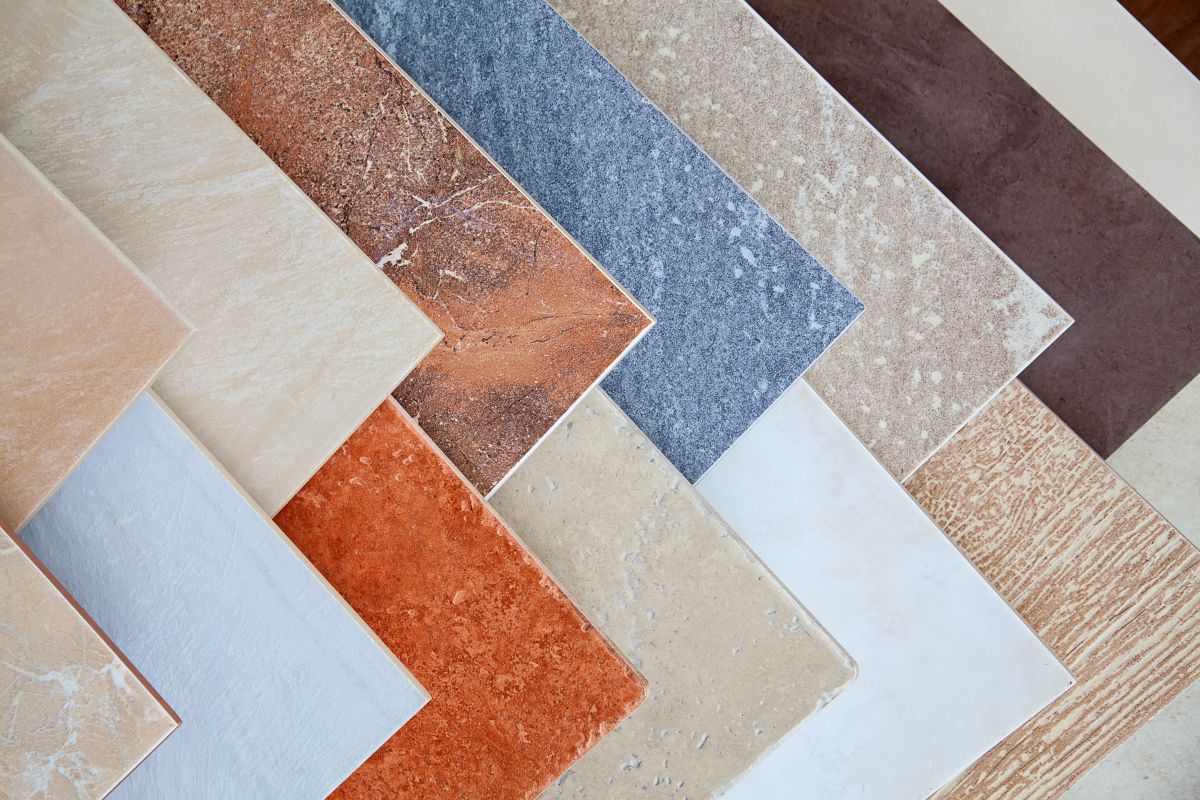Using tiles to decorate your home is very popular. These versatile decorations are ideal for covering walls and floors in a variety of places around the home and are particularly popular in the bathroom and kitchen.

If you’ve decided to use tiles during renovations of your home, however, you might be torn between using porcelain or ceramic tiles. What is the difference between these two materials and is one better than the other?
In this article, we will look at porcelain and ceramic tiles and ask the question of which is better.
The Difference Between Porcelain And Ceramic
There are many similarities between porcelain and ceramic but let’s look at the differences.
How Are Porcelain And Ceramic Made?
They’re both made of clay and are fired in a kiln, but there are some noticeable differences between them.
Porcelain is made from a more refined material than ceramic and because of this, it is fired in a kiln at higher temperatures. This makes porcelain denser than ceramic as well as less porous.
Which Material Is Less Porous And Tougher?
As porcelain is less porous than ceramic, porcelain tiles are a better choice in any room that is prone to moisture. They won’t absorb as much water as ceramic can and this makes porcelain the better choice for bathrooms and laundry rooms.
Porcelain is also stronger than ceramic and is less likely to get chipped and cracked. If you need some tiles in an area that is likely to see heavy use, porcelain will resist damage better.
Which Material Is More Expensive?
Although porcelain is both stronger and less porous than ceramic, tiles made of this material may not always be the best option for you. These added benefits come with an added cost and porcelain tiles are generally more expensive than ceramic tiles.
If you’re looking to tile an area where durability is not as high a concern, then you can opt for ceramic tiles instead. This is especially recommended if you’re working to a budget.
You can get ceramic tiles in many of the same styles and colors as porcelain tiles so you should be able to find a ceramic tile that will suit your design needs.
You can get ceramic tiles that are a solid color or pattern, as well as those with either a wood or stone finish.
How To Choose The Best Porcelain Tiles
If you do decide to opt for porcelain tiles for your home renovations, then we have a few words of advice to ensure you get the best tiles.
We would recommend only purchasing porcelain tiles that have a through-body color. This means that the color is actually baked into the tile and is part of the tile itself.
Some porcelain tiles aren’t made like this and instead only have the color applied as a ceramic glaze on the surface.
Although porcelain tiles are tough, this glaze can chip and if it does, you will be able to see the real color of the tile underneath. This is usually a shade of tan, white, or red clay.

If the porcelain tile has a through-body color, however, any chips will be less noticeable as the chipped portion will have the same color instead of a different one.
Which Is The Best Tile For My Bathroom?
If you want to tile your bathroom, we would recommend opting for porcelain tiles as they are less likely to absorb the moisture that accumulates after showering.
If you’re on a budget, you could consider mixing the tiles and using porcelain for the shower area itself and ceramic for the rest of the room.
When it comes to tiling the floor, we would recommend looking for tiles that aren’t as smooth. You can find tiles that have a texture built into their surface and offer more friction and this will reduce the chances of trips and falls.
Which Is The Best Tile For My Kitchen?
When it comes to tiling the splashback area behind your kitchen sink, you might want to opt for porcelain tiles for the same reasons they work so well in the bathroom.
They won’t absorb as much water from your sink and should last longer than ceramic ones would.
However, kitchens don’t generally see as much moisture and humidity as bathrooms so if your budget won’t quite stretch to porcelain tiles, ceramic tiles will probably be suitable, even in the splashback area.
Final Thoughts
In this article we discovered that although porcelain and ceramic are made of similar materials and similar methods, porcelain is generally tougher and less absorbent than ceramic.
This makes porcelain the best choice for moist and heavy-use areas. As porcelain is more expensive, however, many people might opt for ceramic instead. We hope this article has answered your questions.
- How To Drill Into Brick? - October 31, 2022
- How To Repair And Refinish Hardwood? - October 31, 2022
- Floetrol – What Is It? When To Use It: Complete Guide - October 31, 2022
